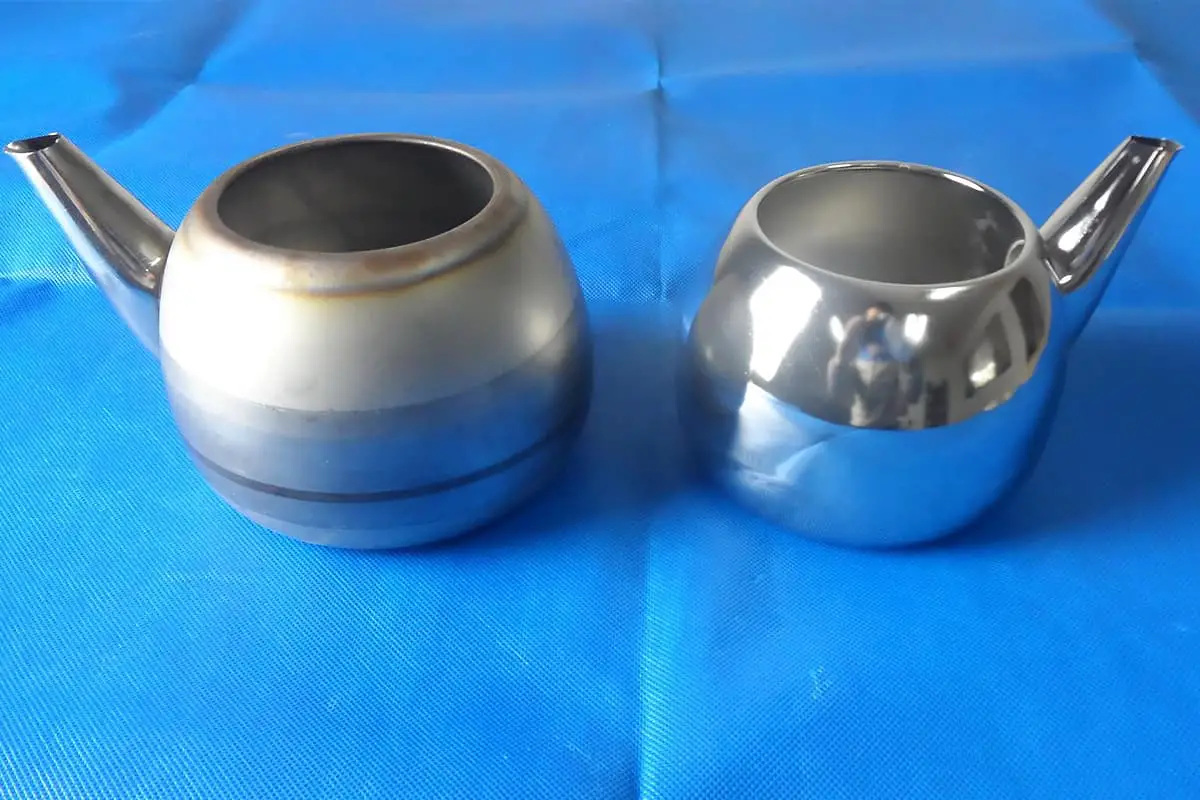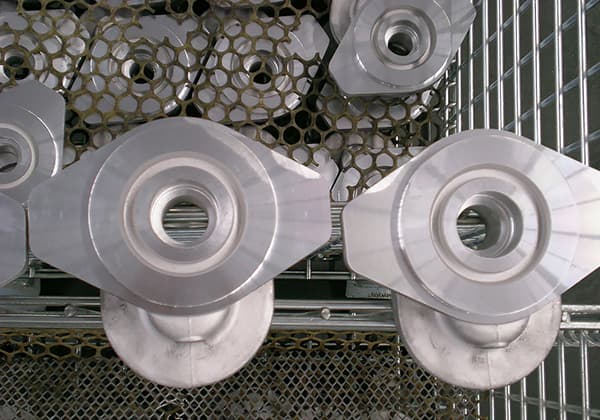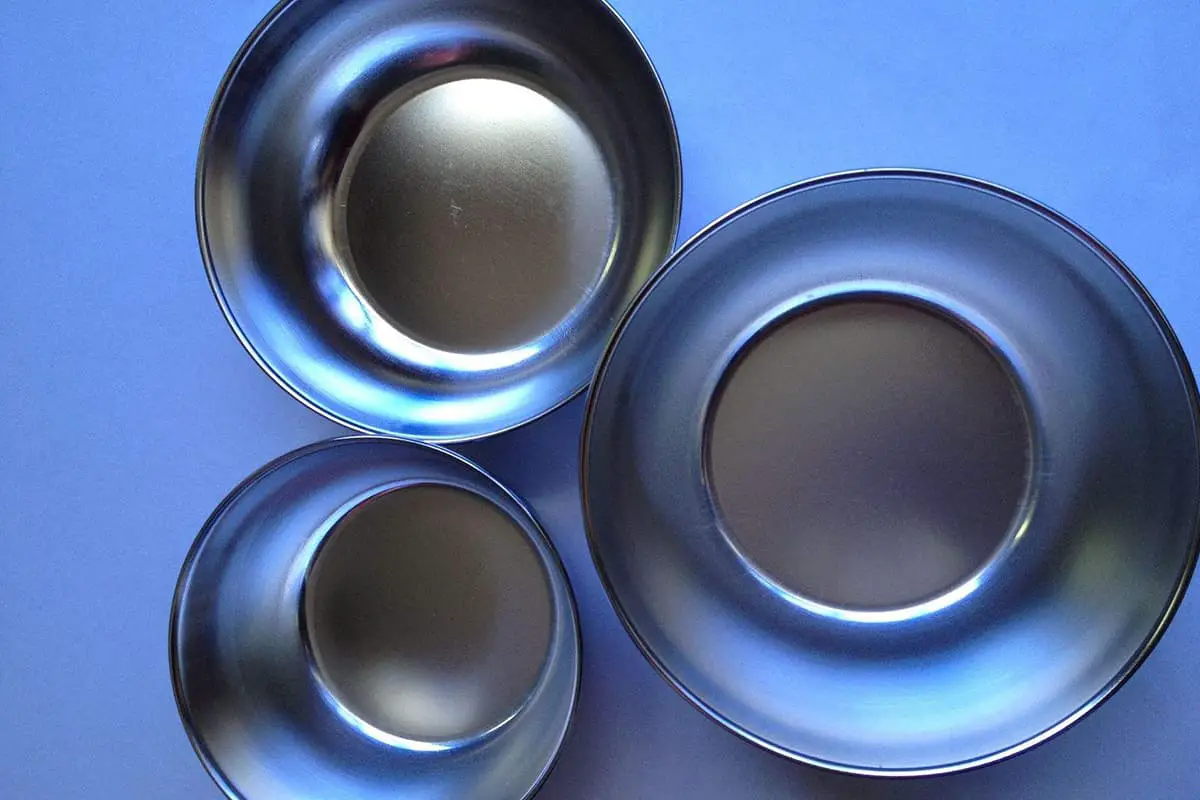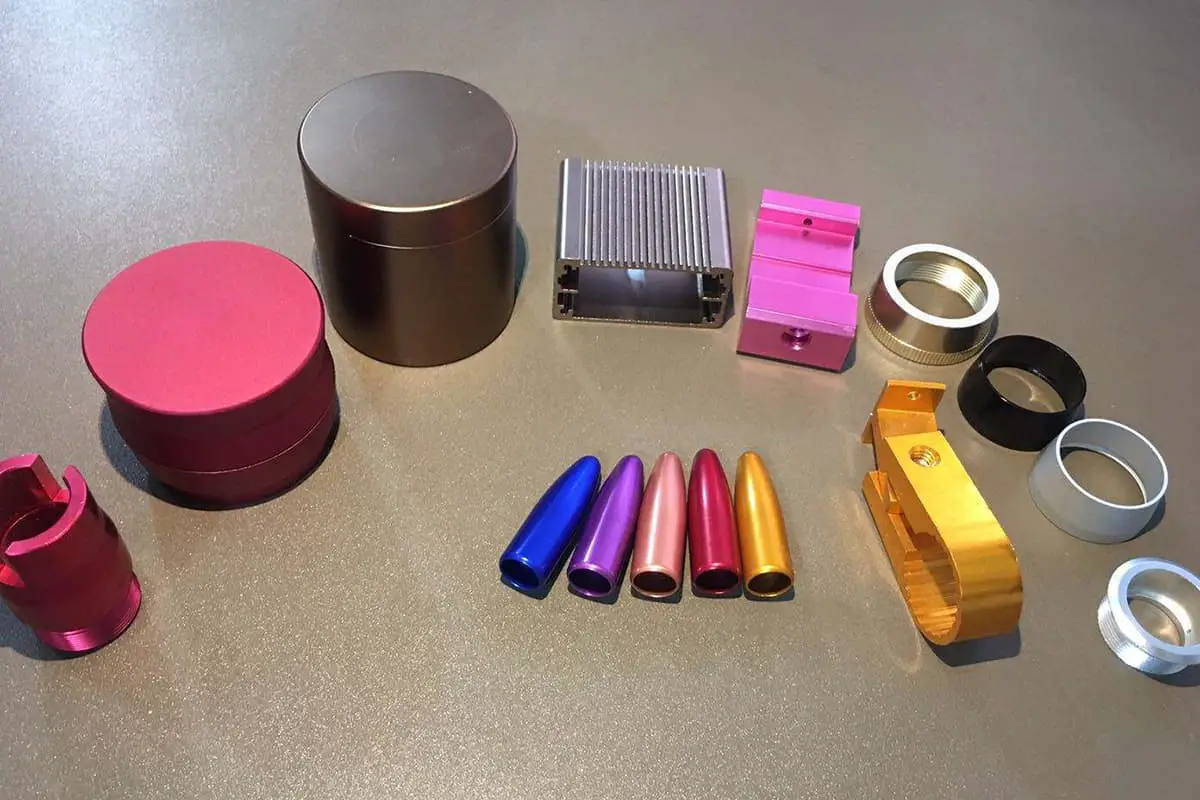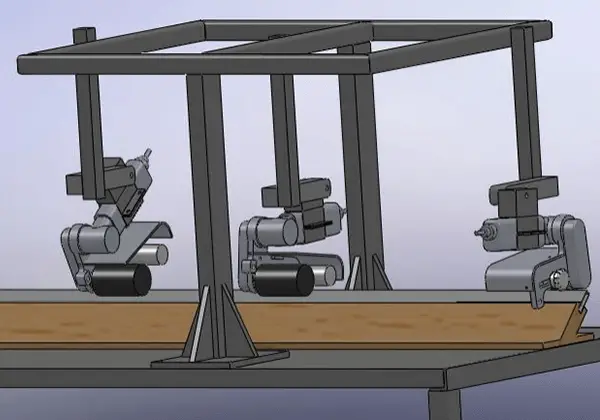
Ever wondered how to achieve a flawless metal finish? This article dives into various polishing techniques, from mechanical to ultrasonic methods, detailing their applications and benefits. You’ll learn how each technique works and how to choose the right one for your project, ensuring optimal surface quality and efficiency. Discover the secrets behind achieving a mirror-like shine and the science that makes it possible.
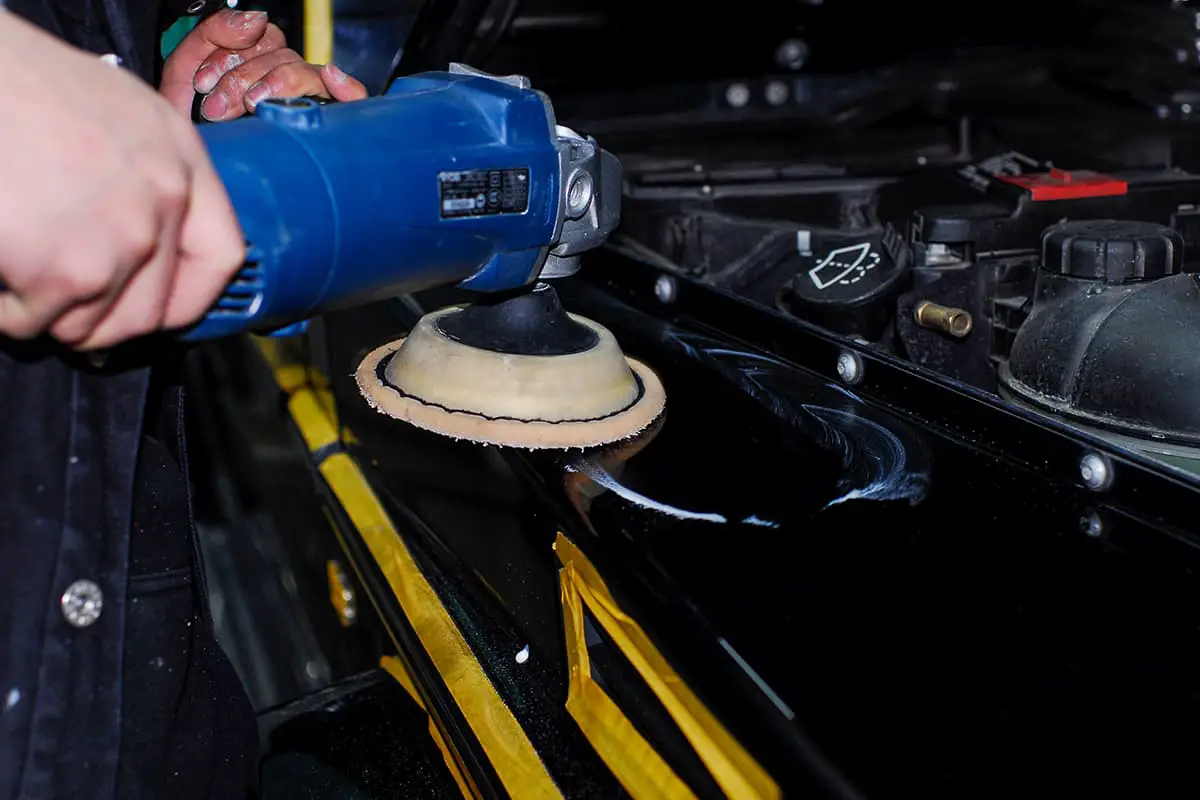
Currently, the commonly used polishing methods are as follows:
Mechanical polishing relies on cutting and the plastic deformation of the material surface to remove the protrusions after polishing to obtain a smooth surface. It generally uses oilstones, wool wheels, sandpaper, etc., and is primarily hand-operated.
Special components, such as rotating body surfaces, can use turntables and other auxiliary tools. For high surface quality requirements, ultra-precision grinding and polishing methods can be adopted.

Ultra-precision grinding and polishing involves the use of specially made grinding tools. In a grinding and polishing fluid containing abrasives, it is tightly pressed onto the surface of the workpiece for high-speed rotational motion. This technique can achieve a surface roughness of Ra0.008μm, the highest among all polishing methods. Optical lens molds often use this method.
Chemical polishing allows the material to preferentially dissolve the microscopic protrusions on the surface in a chemical medium, thus obtaining a smooth surface. The main advantage of this method is that it does not require complex equipment and can polish complexly shaped workpieces, and can polish many workpieces at the same time, thus it is highly efficient.
The core issue of chemical polishing is the preparation of the polishing fluid. The surface roughness obtained by chemical polishing is generally several 10μm.
The basic principle of electrolytic polishing is the same as chemical polishing, that is, by selectively dissolving the tiny protrusions on the material surface to make the surface smooth. Compared with chemical polishing, it can eliminate the influence of cathode reactions and achieves better results.
The electrochemical polishing process is divided into two steps:
(1) Macro-Leveling: The dissolution products diffuse into the electrolyte, and the geometric roughness of the material surface decreases, with Ra>1μm.
(2) Micro-Leveling: Anode polarization increases surface brightness, with Ra<1μm.
In ultrasonic polishing, the workpiece is placed in an abrasive suspension and put into an ultrasonic field. The oscillation action of the ultrasound causes the abrasives to grind and polish the workpiece surface.
Ultrasonic machining exerts low macro forces, which will not cause deformation of the workpiece. However, the making and installation of the tooling can be challenging. Ultrasonic machining can be combined with chemical or electrochemical methods.
On the basis of solution corrosion and electrolysis, ultrasonic vibrations are applied to stir the solution, allowing the dissolution products on the workpiece surface to detach and maintain uniform corrosion or electrolyte near the surface. The cavitation effect of ultrasound in the liquid can also inhibit the corrosion process, which is conducive to surface brightening.
Fluid polishing relies on the high-speed flow of liquid and the carried abrasive grains to polish the workpiece surface. Common methods include abrasive jet machining, liquid jet machining, and fluid power grinding.
Fluid power grinding is driven by hydraulic pressure, causing the liquid medium carrying the abrasive grains to flow back and forth quickly over the workpiece surface. The medium mainly uses special compounds (polymer-like substances) with good flow properties under low pressure and mixed with abrasives. The abrasives can be made of silicon carbide powder.
Magnetic abrasive polishing utilizes magnetic abrasives to form an abrasive brush under the action of a magnetic field, which grinds the workpiece. This method has high machining efficiency, good quality, easy-to-control processing conditions, and good working conditions.
With the appropriate abrasives, the surface roughness can reach Ra0.1μm.
In plastic mold processing, the polishing required is significantly different from the surface polishing required in other industries. Strictly speaking, mold polishing should be referred to as mirror surface processing.
This not only requires high standards for the polishing itself but also demands high standards for surface flatness, smoothness, and geometric accuracy. Surface polishing generally only requires a bright surface.
The standards for mirror surface processing are divided into four levels: AO=Ra0.008μm, A1=Ra0.016μm, A3=Ra0.032μm, A4=Ra0.063μm. Because it is difficult for methods like electrolytic polishing and fluid polishing to precisely control the geometric accuracy of the parts, and the surface quality of methods like chemical polishing, ultrasonic polishing, and magnetic abrasive polishing cannot meet the requirements, mechanical polishing is primarily used for the mirror surface processing of precision molds.

To achieve a high-quality polishing effect, it is crucial to have high-quality polishing tools and auxiliary items such as oilstones, sandpaper, and diamond grinding paste.
The choice of polishing procedure depends on the surface condition after previous processing, such as mechanical processing, spark machining, grinding, and so on.
The general procedure for mechanical polishing is as follows:
(1) Coarse Polishing
The surface after milling, spark machining, grinding, etc., can be polished using a rotating surface polishing machine with a speed of 35000-40000rpm or an ultrasonic grinding machine.
Common methods include using a wheel with a diameter of Φ3mm and WA#400 to remove the white spark layer. This is followed by hand oilstone grinding, with strip oilstones and kerosene serving as the lubricant or coolant.
The general sequence of use is #180~#240~#320~#400~#600~#800~#1000. Many mold manufacturers, in order to save time, choose to start from #400.
Semi-fine polishing mainly uses sandpaper and kerosene. The sequence of sandpaper grits is: #400 ~ #600 ~ #800 ~ #1000 ~ #1200 ~ #1500.
In fact, #1500 sandpaper is only suitable for hardened mold steel (52HRC and above), and not suitable for pre-hardened steel, as this may cause surface burn on pre-hardened steel parts.
Fine polishing mainly uses diamond grinding paste. If a polishing cloth wheel mixed with diamond grinding powder or grinding paste is used for grinding, then the usual grinding sequence is 9μm (#1800) ~ 6μm (#3000) ~ 3μm (#8000).
The 9μm diamond grinding paste and polishing cloth wheel can be used to remove the hairy grinding marks left by #1200 and #1500 sandpaper. Then, polishing is done with adhesive felt and diamond grinding paste, in the sequence of 1μm (#14000) ~ 1/2μm (#60000) ~1/4μm (#100000).
Polishing processes with precision requirements above 1μm (including 1μm) can be performed in a clean polishing room in the mold processing workshop. For more precise polishing, an absolutely clean space is required. Dust, smoke, dandruff, and saliva droplets can potentially ruin the high-precision polished surface obtained after several hours of work.
When polishing with sandpaper, the following points should be noted:
(1) Polishing with sandpaper requires the use of soft wooden or bamboo sticks. When polishing circular or spherical surfaces, using soft wooden sticks can better match the curvature of the circular and spherical surfaces.
On the other hand, harder wood like cherry wood is more suitable for polishing flat surfaces. The ends of the wooden sticks should be trimmed to correspond with the shape of the steel parts’ surface, which can prevent the sharp corners of the wooden (or bamboo) sticks from scratching the steel parts’ surface.
(2) When switching to different types of sandpaper, the polishing direction should be changed by 45° ~ 90°. This allows for the distinguishing of the stripe shadows left by the previous type of sandpaper after polishing. Before changing to different types of sandpaper, the polishing surface must be carefully wiped with a cleaning solution such as alcohol using 100% pure cotton.
This is because even a tiny piece of gravel left on the surface can ruin the entire subsequent polishing process. This cleaning process is equally important when switching from sandpaper polishing to diamond grinding paste polishing. All particles and kerosene must be completely cleaned before continuing with the polishing process.
(3) To avoid scratching and burning the workpiece surface, special care must be taken when polishing with #1200 and #1500 sandpaper. Therefore, it is necessary to apply a light load and use a two-step polishing method for the surface. For each type of sandpaper used for polishing, two polishes should be done in two different directions, rotating 45° ~ 90° between each direction.
Points to note for diamond grinding and polishing include:
(1) This type of polishing must be done under as light pressure as possible, especially when polishing pre-hardened steel parts and using fine grinding paste. When polishing with #8000 grinding paste, the commonly used load is 100~200g/cm2, but it is difficult to maintain this load precisely. To make this easier, a thin and narrow handle can be made on the wooden stick, such as adding a copper piece; or part of the bamboo stick can be cut off to make it more flexible. This can help control the polishing pressure to ensure that the pressure on the mold surface will not be too high.
(2) When using diamond grinding for polishing, not only should the working surface be clean, but the worker’s hands should also be carefully cleaned.
(3) Each polishing session should not be too long, the shorter, the better. If the polishing process is too long, it will cause “orange peel” and “pitting”.
(4) To achieve a high-quality polishing effect, polishing methods and tools that easily generate heat should be avoided. For example, wheel polishing can generate heat that can easily cause “orange peel”.
(5) When the polishing process is stopped, ensuring the cleanliness of the workpiece surface and carefully removing all abrasives and lubricants is very important. Subsequently, a mold rust-proof coating should be sprayed on the surface.
Since mechanical polishing is mainly done manually, the current polishing technology is the main factor affecting the quality of polishing. In addition, it is also related to the mold material, the surface condition before polishing, and the heat treatment process.
High-quality steel is a prerequisite for achieving good polishing quality. If the surface hardness of the steel is uneven or the characteristics are different, polishing difficulties often occur. Various inclusions and pores in the steel are not conducive to polishing.
3.1 The Impact of Different Hardness on the Polishing Process
An increase in hardness makes grinding more difficult, but reduces the roughness after polishing. With the increase in hardness, the polishing time required to achieve a lower roughness correspondingly increases. At the same time, as hardness increases, the possibility of over-polishing decreases.
3.2 The Impact of Workpiece Surface Condition on the Polishing Process
The surface layer of the steel will be damaged due to heat, internal stress, or other factors during the breaking process of cutting mechanical processing. Improper cutting parameters will affect the polishing effect. The surface after spark machining is harder to grind than the surface after ordinary mechanical processing or heat treatment.
Therefore, precision spark dressing should be adopted before the end of spark machining, otherwise, a hardened thin layer will form on the surface. If the precision spark dressing is chosen improperly, the depth of the heat-affected layer can reach up to 0.4mm. The hardness of the hardened thin layer is higher than the base hardness and must be removed.
Therefore, it is best to add a coarse grinding process, thoroughly remove the damaged surface layer, create an average rough metal surface, and provide a good foundation for the polishing process.
Chemical polishing is for occasions where the polishing requirements are not high, and it needs to be heated. With the current technology, if the above three types of polishing can be used, do not use chemical polishing, because the effect of chemical polishing is poor and the overall cost is high.

